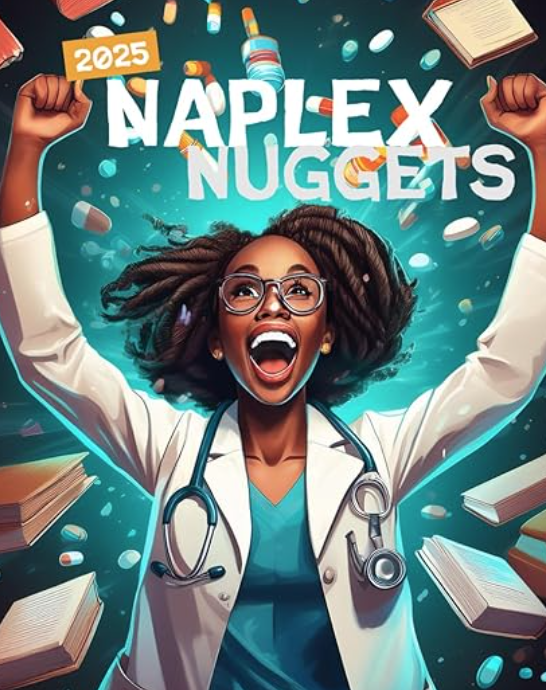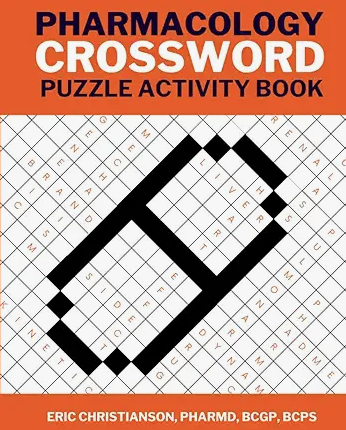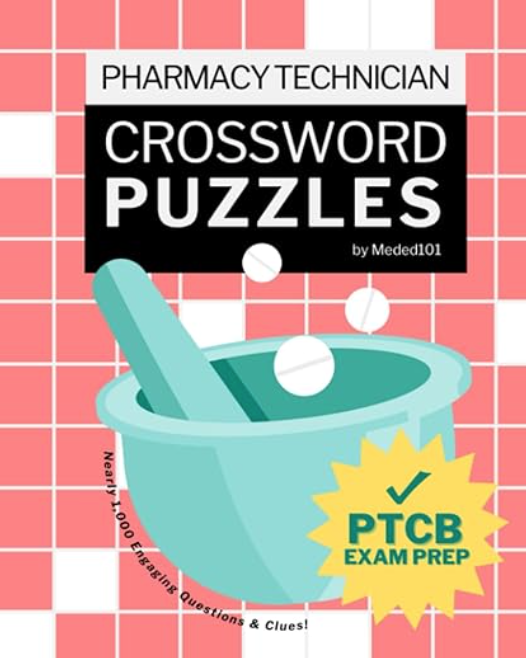My extensive work in geriatrics has led to a great understanding of the prescribing cascade. The prescribing cascade is simply defined as using medications to treat the side effects of other medications. There are literally hundreds to thousands of these examples. Now in some cases, treating side effects is a necessary evil. We don’t like to make a habit of it, but if a medication is deemed too important to continue then we will purposefully treat side effects (opioids and constipation medication is a classic example). Here are a few common examples of the prescribing cascade that I’ve seen in my practice as a clinical pharmacist..
- A patient starts on Tylenol PM and subsequently develops constipation and dry eyes requiring the use of regular laxatives and artificial tears. Remember that Tylenol PM contains diphenhydramine (a highly anticholinergic medication).
- A patient has a significant increase in pain and begins to take over-the-counter NSAIDs to help alleviate the new pain. After using the NSAID for a few days to weeks, the patient begins experiencing troublesome GI upset and heartburn-type symptoms leading to an Rx of an H2 blocker of PPI.
- A patient has worsening hypertension that requires the Rx of Amlodipine. Following the amlodipine Rx, the patient begins developing troublesome edema that requires the addition of furosemide.
For more clinical pearls and medication mistakes, please follow the blog and take advantage of the free 6 page PDF full of 30 medication mistakes I see in my everyday practice as a clinical pharmacist!
Eric Christianson, PharmD, BCPS, BCGP









This is indeed a true scenario and often leads to polypharmacy. The essence is to work our ways around and minimize prescribing cascade. However, we do know that its very difficlt to accomplish this because of the nature of drugs themselves. How do you recommend we tackle prescribing cascade?
I see it all the time. By the way, Calcium channel blocker edema can be offset by Ace inhibitors…
Calcium channel blocker (CCB)-related edema is quite common in clinical practice and can effectively deter a clinician from continued prescription of these drugs. Its etiology relates to a decrease in arteriolar resistance that goes unmatched in the venous circulation. This disproportionate change in resistance increases hydrostatic pressures in the precapillary circulation and permits fluid shifts into the interstitial compartment. CCB-related edema is more common in women and relates to upright posture, age, and the choice and dose of the CCB. Once present it can be slow to resolve without intervention. A number of strategies exist to treat CCB-related edema, including switching CCB classes, reducing the dosage, and/or adding a known venodilator such as a nitrate, an angiotensin-converting enzyme inhibitor, or an angiotensin-receptor blocker to the treatment regimen. Angiotensin-converting enzyme inhibitors have been best studied in this regard. Diuretics may alter the edema state somewhat, but at the expense of further reducing plasma volume. Traditional measures such as limiting the amount of time that a patient is upright and/or considering use of graduated compression stockings are useful adjunctive therapies. Discontinuing the CCB and switching to an alternative antihypertensive therapy will resolve the edema.
http://www.medscape.com/viewarticle/460070
Bonnie Hammond….Is this you from Toronto?
No, Cartersville, GA
Anyone have an example of what Ive heard called ‘RPS Syndrome’ (actually stands for “Rock-Paper-Scissors”), being a “necessary” triangle where a second-removed cascade prescription appears to counter some but perhaps not all the therapy of the first drug (and because not all the therapy is countered, all three drugs are deemed “necessary and therapeutic”)?
It is good to stop taking medication for 1yr or 6mo to clear your system from all the chemical then re-evaluate your status according to your need. This way your body can get back to normal again. Then see a doctor to start on the medication which you need according to your diagnosis.
I’m dating a 35 year old she’s on 18 different medications and she would like to get off of them. She thinks that a small dosage of Xanax and a little bit of smoke weed would be all she would need. However crazy this may sound to some people she knows it would work so how do you tell an ignorant doctor to quit cascading I just got a notification that says f****** I don’t have a valid address well that’s a bunch of s*** read my email and tell me what’s not valid about it and I’ll tell you where you’re wrong and if you want to talk to me like that you ought to do it to my face or I could come see you okay or not